10 Awesome Docker Tutorials to Kick-Start your DevOps Projects
Docker is an open-source project that automates the deployment of applications inside software containers, by providing an additional layer of abstraction and automation of operating-system-level virtualization on Linux.
Docker uses resource isolation features of the Linux kernel such as cgroups and kernel namespaces to allow independent “containers” to run within a single Linux instance, avoiding the overhead of starting and maintaining virtual machines. (Wikipedia page)
It seems that Docker has taken over the programming world lately. For this reason, we have gathered 10 awesome Docker tutorials to ease you into the framework and help you boost your own DevOps projects! Let’s kick it!
1. Why Docker?
Containers are not a new thing, but implementing them was always a little more complicated than it needed to be. Docker made great leaps in simplification of containers and set the world on fire from there. Let’s look at why.
Docker isn’t very old. It was about to hit its 1.0 release in May of 2014 when I wrote a bit of an inflammatory blog post called Docker is the Heroku Killer with a follow-up a couple of weeks later called Tempering My Docker Enthusiasm. Side note, Heroku‘s still awesome, and my Docker enthusiasm is strong. Heroku supports Docker now too.
Read the rest of the article here.
2. Getting started with Docker from a developer point of view: how to build an environment you can trust
Lately I have spent a lot of thoughts on building repeatable processes that can be trusted. I think that there lies the difference between being an happy hacker cracking out code for the fun of it and an happy hacker delivering something you can count on. What makes you a professional it is a process that is stable, is safe and permit you to evolve without regressions.
As part of this process I focused more on Continuous Integration and on techniques for testing. I think a big part of having a good process is to have an environment you can control, easily configure and replicate as you want.
Read the rest of the article here.
3. Continuous Integration and Delivery with Docker
Continuous delivery is all about reducing risk and delivering value faster by producing reliable software in short iterations. As Martin Fowler says, you actually do continuous delivery if:
- Your software is deployable throughout its lifecycle.
- Your team prioritizes keeping the software deployable over working on new features.
- Anybody can get fast, automated feedback on the production readiness of their systems any time somebody makes a change to them.
- You can perform push-button deployments of any version of the software to any environment on demand.
Read the rest of the article here.
4. Creating a Cross-platform Docker Development Environment
Docker is all the hype these days, and with statements like that, many are wondering how they can get on board and take advantage of whatever it is that makes Docker so popular. That was us just six months ago when we started playing with Docker and trying to fit it into our processes. After just a few months we knew we liked it and wanted to run apps this way, but we were struggling with some of the Docker development workflow.
As the manager of a development team, I like using the same processes and technologies through the whole lifecycle of our applications. When we were running apps on AWS OpsWorks using Chef to provision servers and deploy applications, we used Vagrant with Chef to run the same recipes locally to build our development environment.
Read the rest of the article here.
5. Deploying Containers with Docker Swarm and Docker Networking
The purpose of this article is to explore new Docker networking features introduced in version 1.9. We’ll apply them to a Docker Swarm cluster. For practice purposes we’ll be deploying containers to a Swarm cluster created locally with Vagrant and running Consul as a service registry and Registrator as a tool that will monitor Docker daemons and register/de-register containers we run/stop. When combined, Consul and Registrator will act as service discovery within our cluster
Read the rest of the article here.
6. Docker Multi-Host Networking with Couchbase and WildFly
Docker Multi-Host networking allows you to create virtual networks and attach containers to them so you can create the network topology that is right for your application. This blog will show how to use it with Docker Compose.
CRUD Java Application with Couchbase, Java EE, and WildFly explained how to use a Java EE application to provide a CRUD/REST interface on a data bucket in Couchbase. It required to manually download and run WildFly. The blog also used Couchbase server using Docker and required manual configuration to load travel-sample bucket.
Read the rest of the article here.
7. Deployment Automation of Docker WebLogic Cluster on Any Cloud
Java developers and DevOps professionals have long struggled to automate the deployment of enterprise Java applications. The complex nature of these applications usually meant that application dependencies and external integrations had to be re-configured each time an application was deployed in DEV/TEST environments.
Many solutions advertised the “model once, deploy anywhere” message for application deployments. In reality, however there were always intricacies that made it very difficult to re-use an application template across both an on-premise vSphere virtual environment and an AWS environment, for example.
Read the rest of the article here.
8. Run 1,000 Docker Redis Containers In Less Than 15 Minutes On A Cluster Of 5 Cloud Servers With 2GB Of Memory Each
While application portability (i.e. being able to run the same application on any Linux host) is still the leading driver for the adoption of Linux Containers, another key advantages is being able to optimize server utilization so that you can use every bit of compute.
Of course, for upstream environments, like PROD, you may still want to dedicate more than enough CPU & Memory for your workload – but in DEV/TEST environments, which typically represent the majority of compute resource consumption in an organization, optimizing server utilization can lead to significant cost savings.
Read the rest of the article here.
9. Scaling To Infinity with Docker Swarm, Docker Compose and Consul
Previous articles put a lot a focus on Continuous Delivery and Containers with Docker. In Continuous Integration, Delivery or Deployment with Jenkins, Docker and Ansible I explained how to continuously build, test and deploy micro services packaged into containers and do that across multiple servers, without downtime and with the ability to rollback. We used Ansible, Docker, Jenkins and few other tools to accomplish that goal.
Now it’s time to extend what we did in previous articles and scale services across any number of servers. We’ll treat all servers as one server farm and deploy containers not to predefined locations but to those that have the least number of containers running. Instead of thinking about each server as an individual place where we deploy, we’ll treat all of them as one unit.
Read the rest of the article here.
10. End-to-End Automation for Docker-based 3-Tier Java Apps (Niginx, Tomcat and MySQL) on AWS
From time to time it is necessary to just take the little effort to think outside the box. This is a good habit for every developer and even if you just spend 10% of your time, with new and noteworthy technology, you will gain experience and broaden your knowledge. I wanted to look into Scala and Akka since a while. Both well known old acquaintances on many conference agendas.
But honestly, I’ve never felt the need to take a second look. This changed quite a bit when I started to look deeper into microservices and relevant concepts around it. Let’s get started and see what’s in there.
Read the rest of the article here.
Make sure to retweet this, let your social followers know!
I'm reading 10 Awesome #Docker Tutorials to Kick-Start my #DevOps Projects at @javacodegeeks https://t.co/IzZ5RDXW4R pic.twitter.com/rGowBfORYf
— Java Code Geeks (@javacodegeeks) November 30, 2015

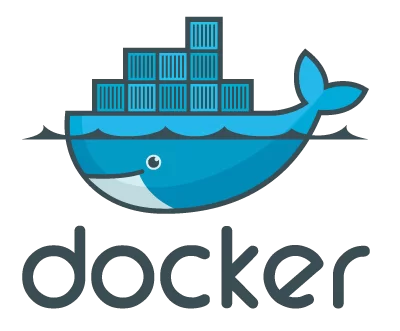
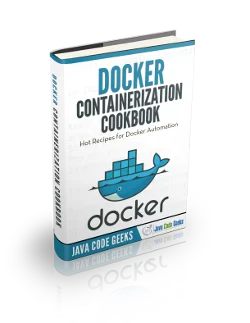

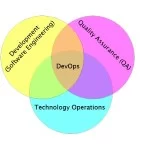
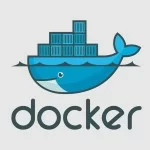

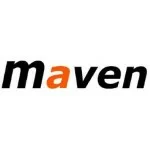


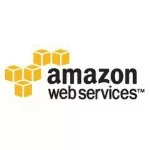

If you are intending to appear for Docker interview, here is the link for Docker Interview Questions with Answers
Docker Interview Question and Answer